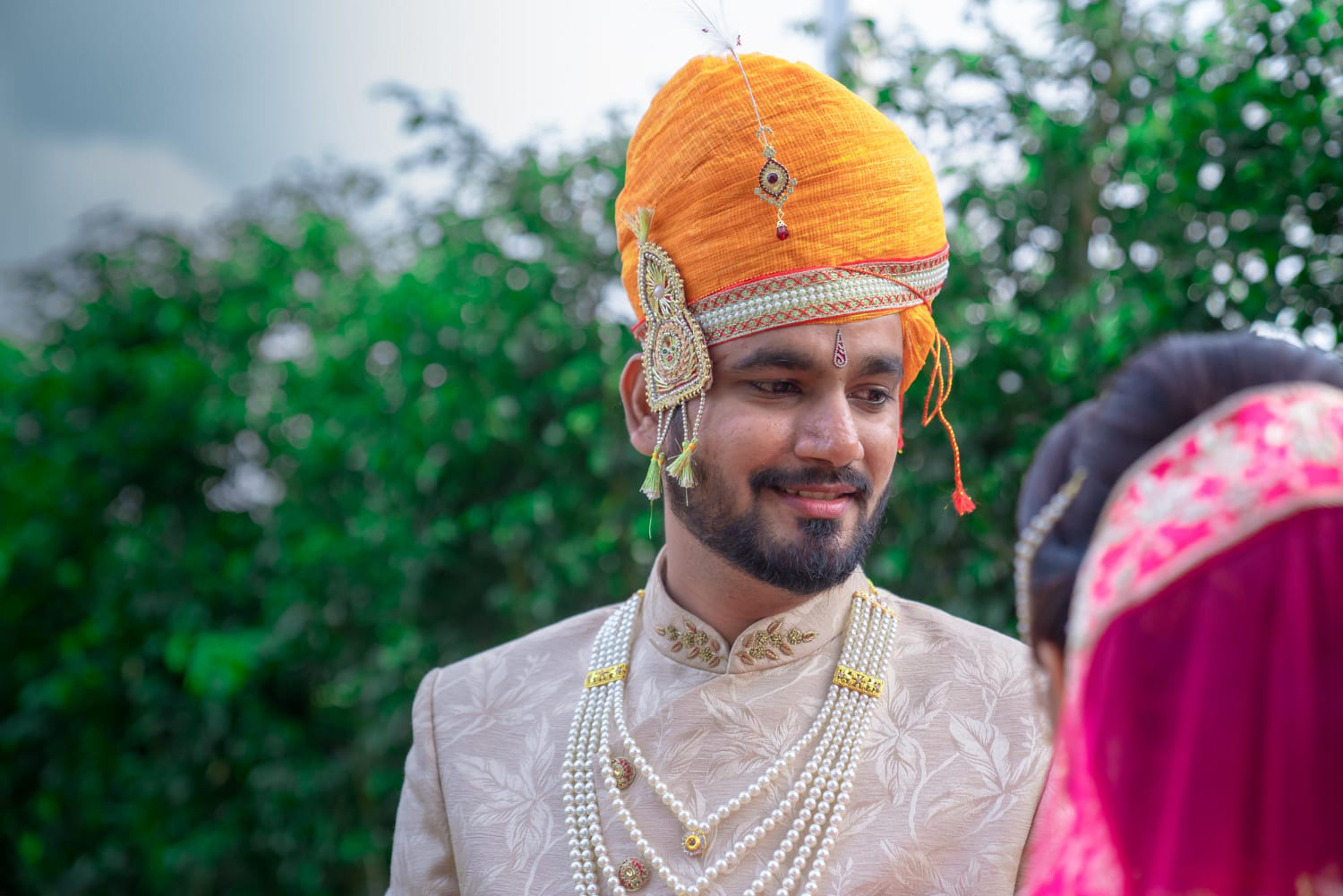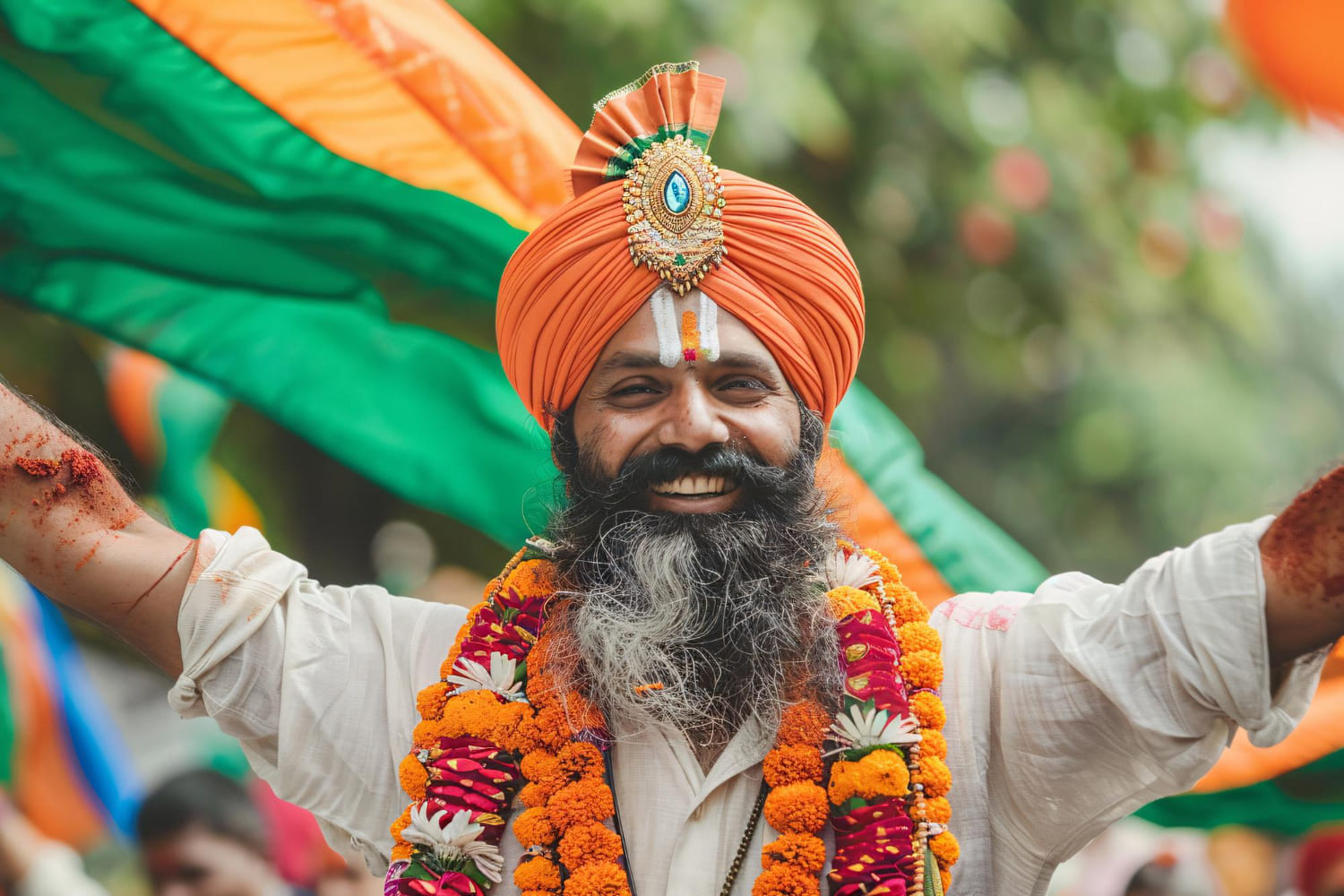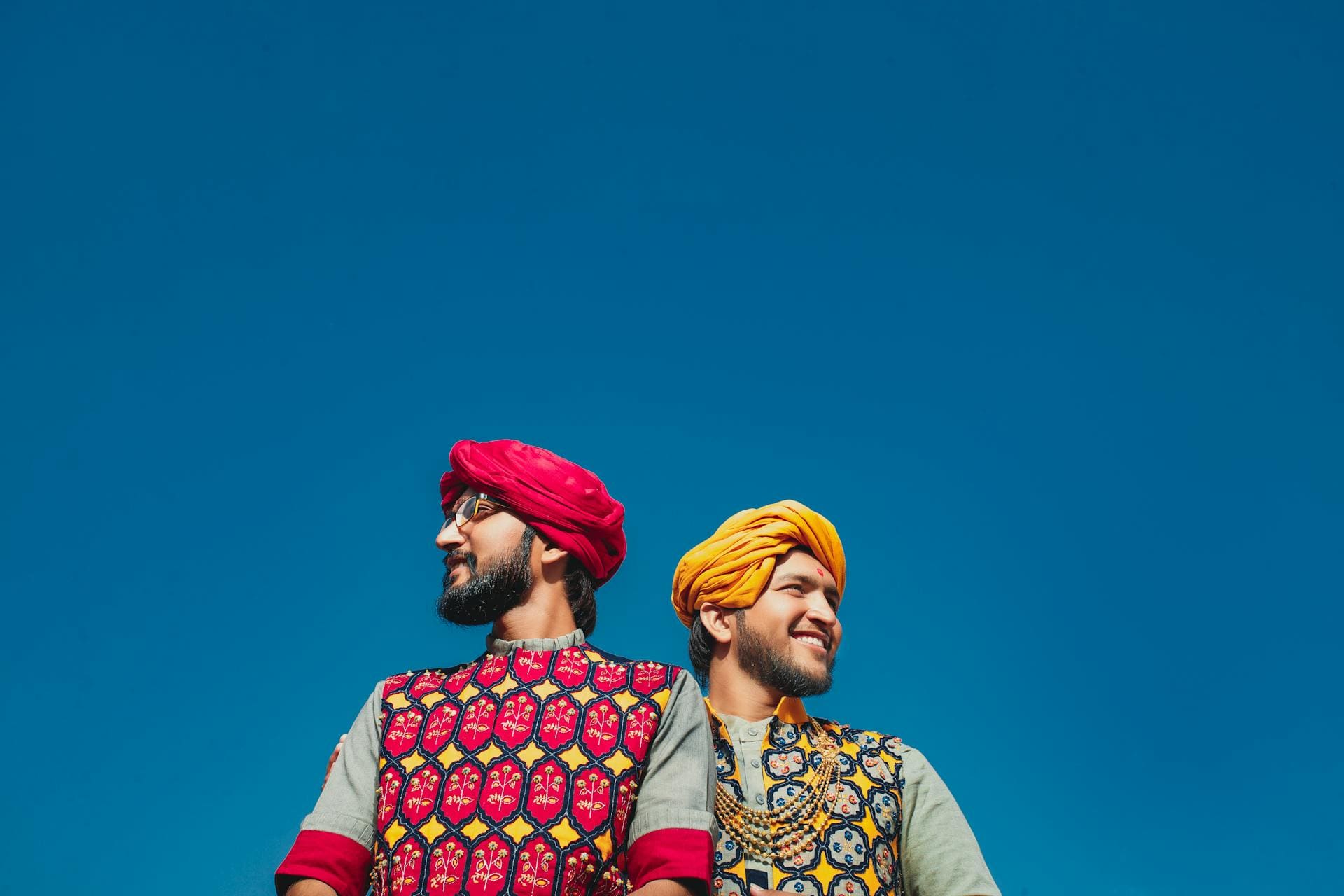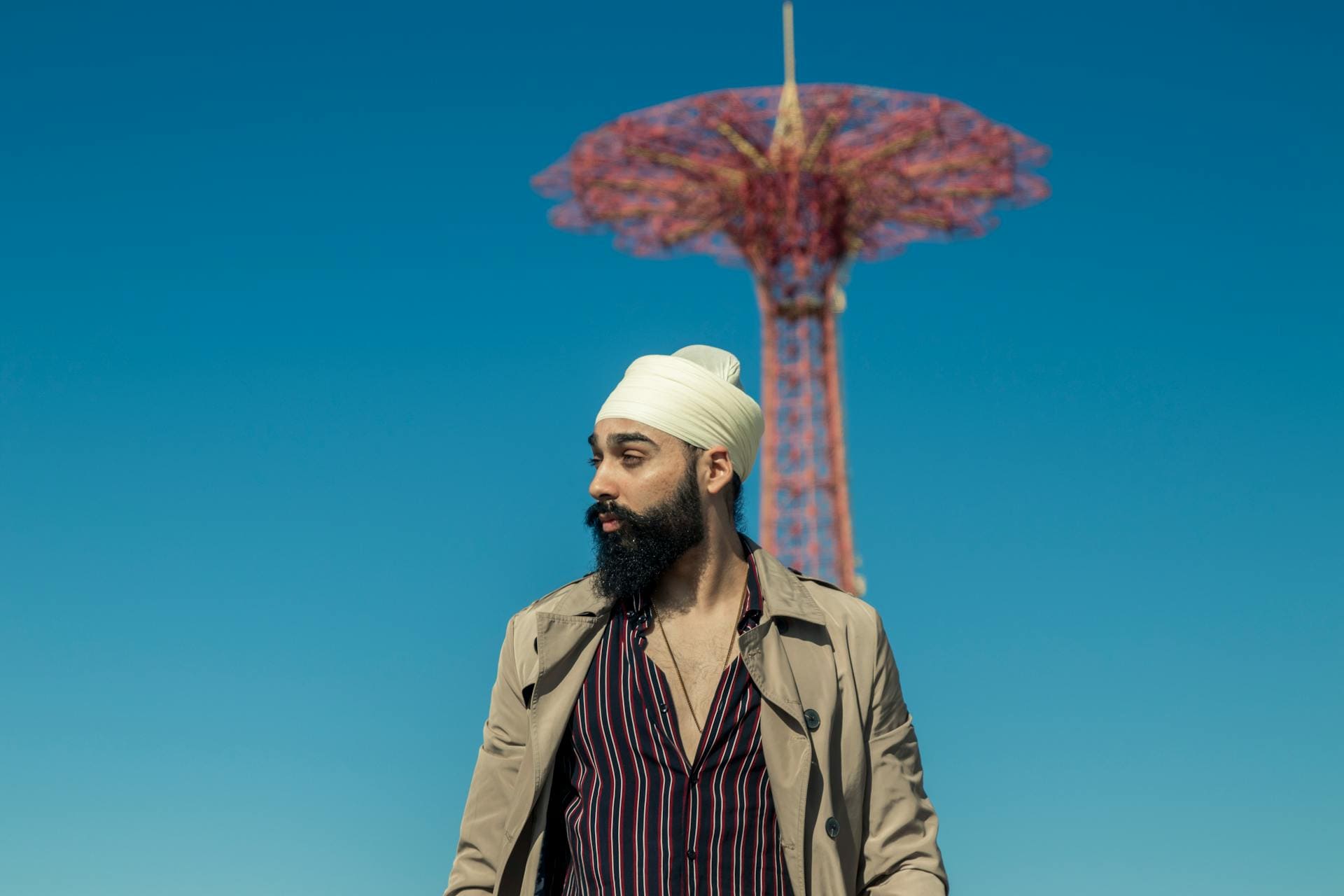Though there are a number of essential components to the Sikh faith, having uncut hair – allowing it to grow naturally as a symbol of respect for their Creator, wherever it’s found in the body – is as sacred as it gets.
No, Sikhs will not cut their hair, they will not shave their beards, and they won’t remove hair from any other part of their body, either.
Though some Sikhs certainly have cut their hair (especially in modern times), the overwhelming majority of Sikhs that are dedicated to their faith abide by this tenant completely.
There are a couple of different reasons that Sikhs have this kind of relationship with their hair, reasons we dig a little bit deeper into in the rest of this detailed guide.
Are Sikhs Allowed To Cut Their Hair?
While Sikhs are certainly capable of cutting their hair, as evidenced by the multitude of modern-day Sikhs that have decided to do exactly that, this behavior is expressly prohibited by the faith for a couple of different reasons.
Traditional Sikhs allowed all of their hair to grow as commanded by the original Sikh gurus.
Throughout Sikh history, the reasons and explanations for why hair should be kept unmolested have been expanded on.
At the end of the day, the faithful members of this religion believe that their hair (and their appearance) is a gift from God and changing or altering it is an affront to this gift.
Why Do Sikhs Keep Their Hair Long?
Like we mentioned a moment ago, there are a number of different reasons that Sikhs choose to keep their hair long, including but not limited to the list that we breakdown below.
For starters, Sikhs believe that long, flowing hair brings believers closer to saintliness and holiness.
The earliest gurus of this faith commanded that the hair of the Sikh faithful would not do anything to cut, trim, or change their hair or their appearance.
Sikh gurus send that long hair was to be considered “kesh”, which basically means uncut and unchanged.
This rule was enforced so strictly in the earlier days of the faith that Sikhs wouldn’t have any interactions whatsoever with anyone – Sikh or otherwise – that was in the business of cutting hair, trimming hair, or changing people’s appearance.
It was commanded by the early Sikh gurus that anyone that cut children’s hair was to be condemned, ostracized, and shunned completely.
More modern Sikh gurus have also spoken on the power and importance of keeping hair long as a collective consciousness and a community binder for those of the Sikh faith.
By growing their hair long and leaving their appearance unmolested Sikhs are able to not only connect to one another more completely, but also able to connect to their history, their past, and their traditions more deeply as well.
Sikhs also believe their longhair shows a commitment to their faith and the practice is upheld as a living devotion, something that can be done every single day – conscious decisions – to reaffirm their belief and their position in the Sikh community.
A lot of Sikhs (including modern Sikhs) believe that living a “kesh” life shows that they are dedicated to the service of God, are always in constant communion with their faith, and that it helps them to feel more grounded and connected to their traditions, too.
Sikh author Sukhmandir Kaur Khalsa has written extensively about how maintaining longer hair helps believers of this faith better honor their truth.
His position is that hair, like the truth, is always going to constantly assert itself despite any attempts to deny or to discredit it. You can cut, you can shave, and you can color hair – but it’s always going to return to its truth.
Closing Thoughts
At the end of the day, while there are more modern Sikhs that have decided to cut or even just trim their hair and their beards
The overwhelming majority of faithful Sikhs continue to keep their hair long, uncut, and unmolested.
This helps them show their devotion to their faith. It helps connect them to their community (past, present, and future). It helps them to honor the traditions of their Sikh beliefs as well.
No, most Sikhs will not cut their hair as long as they live.







